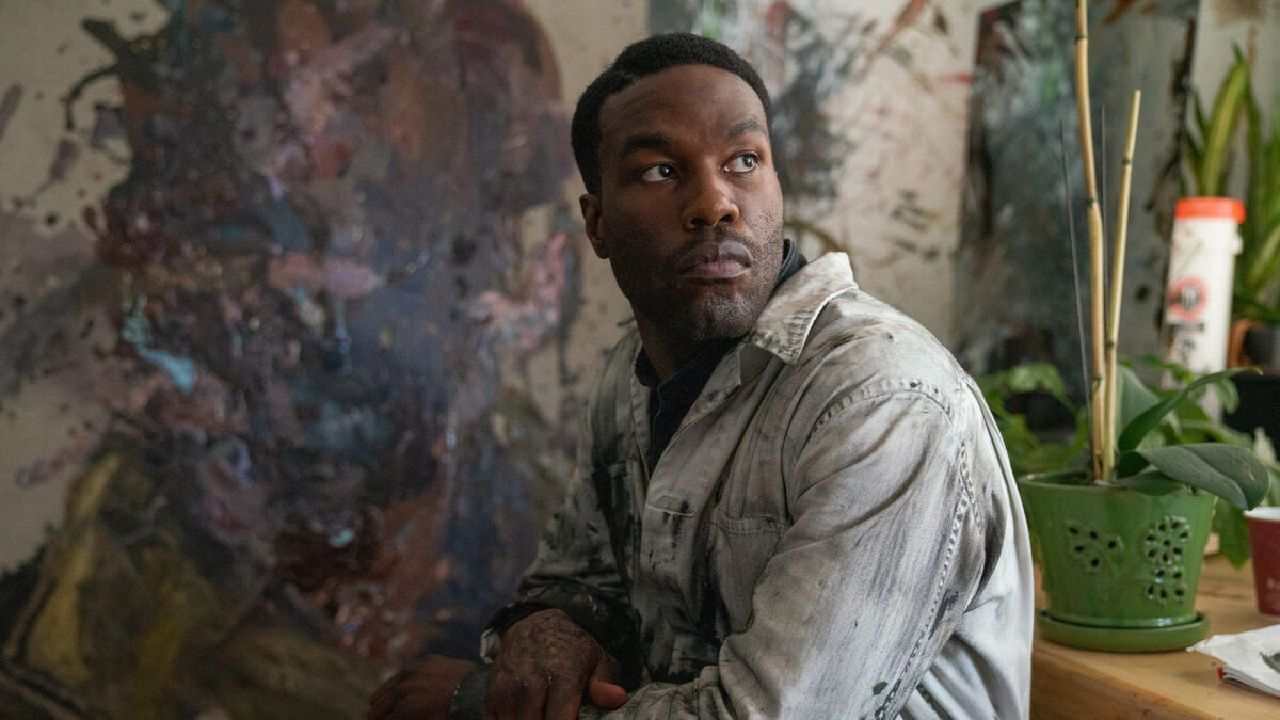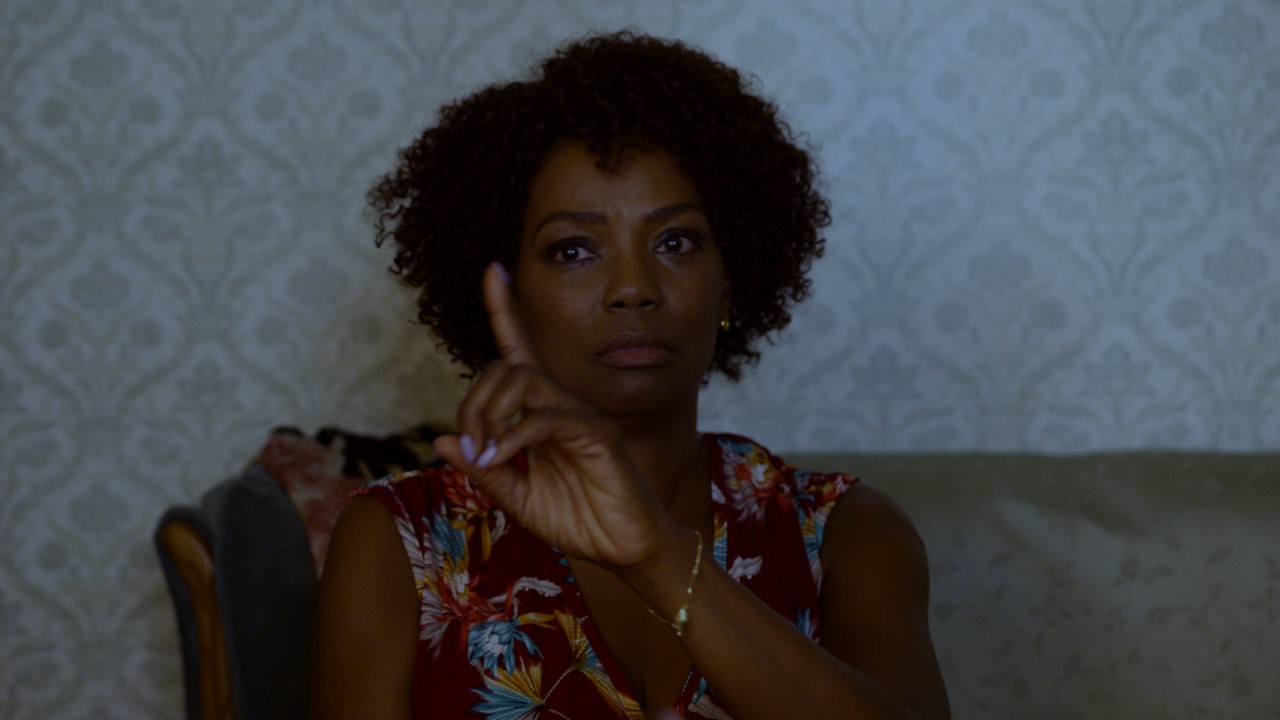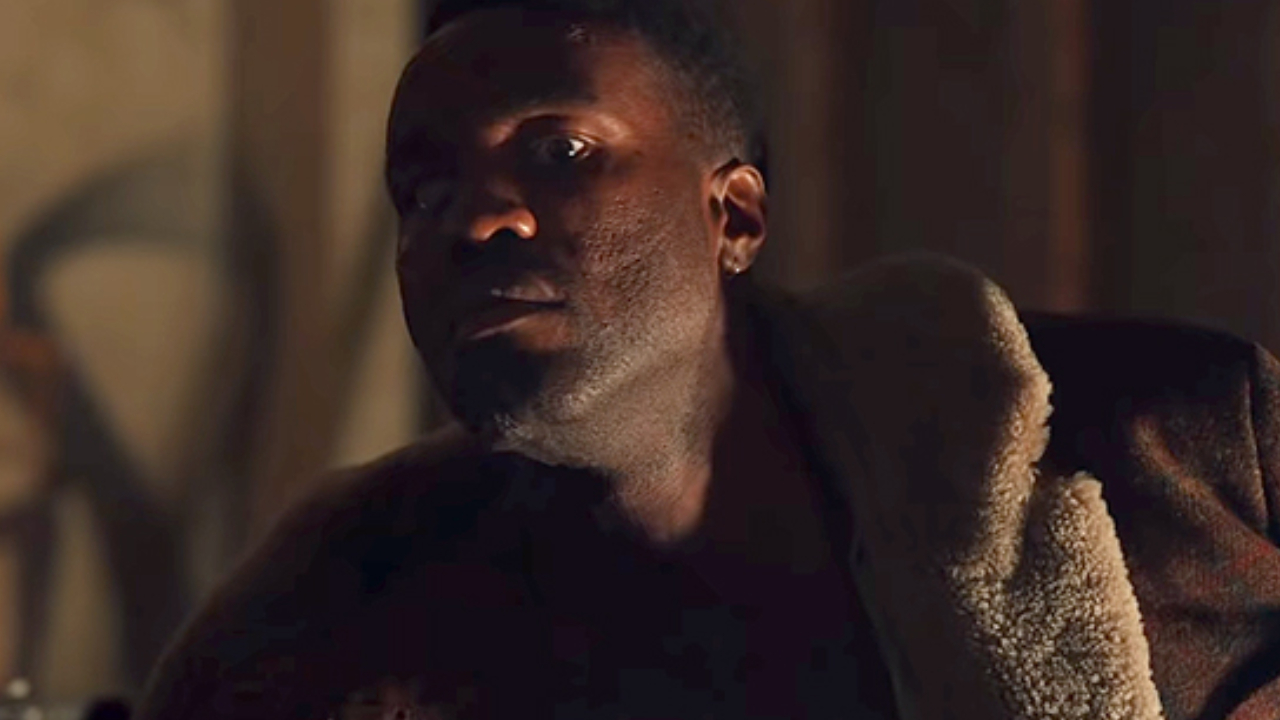Often, sequels or reboots of classic films have little to no connection to their predecessors, much to the ire of critics and diehard fans. There have been a few exceptions to this rule, most recently the 2021 Candyman sequel/reboot. Despite initial trepidation over the original film’s connection to the reboot, early fan reactions quelled those fears by speaking on both movies' throughlines. The 2021 sequel carved out its lane while paying homage to the 1992 original horror classic.
Released during the COVID pandemic, those connections worked well for the Candyman reboot, as it raked in over $77 million. Its commercial success echoed the sentiment of film critics’ positive response, including a glowing review from CinemaBlend. After watching the spiritual sequel, I found four connections between the two Candyman movies I need to talk about.

The Importance of Tony Todd and Vanessa Williams’ Appearances
The horror reboot could’ve forged ahead without acknowledging its classic predecessor. However, producer Jordan Peele and director Nia DaCosta decided to reach back and include OG stars Tony Todd and Vanessa Williams in the new film. Of course, every horror fan equates the long-running franchise with OG Candyman Tony Todd. So, it was great seeing him unexpectedly reprise his iconic role. What was even more unexpected was seeing Vanessa E. Williams return as Anne-Marie McCoy. While she survived the carnage and chaos of the original film, Anne-Marie hadn’t appeared in the franchise since the first film. Her inclusion in the reboot came with an explanation from DaCosta for reintroducing her character.
Bringing back Todd’s Candyman and Williams’ Anne-Marie allowed the reboot to fit within the horror franchise’s legacy. Their presence served as a full-circle moment to the spiritual sequel, which I’ll get into later. Having both actors reprise their roles decades after the original film was a nice nod to longtime fans.

Touching on Race in America
Diehard horror fans know the genre isn’t all jump scares. They can be a hotbed for sociopolitical commentary, and the Candyman franchise is no exception. Since its inception, the horror franchise has placed a spotlight on race, class, and people’s fear of Black America, especially Black men. Incorporating such heavy subjects captured the reality of being a Black American.
Of course, the original film centered around Todd’s Daniel Robitaille being burned alive for having an interracial relationship. While not as dire, Yahya Abdul-Mateen II’s Anthony McCoy faced racism and classism in the notoriously fickle art world. The disconnect between the patrons and artist displayed the long-held narrative of Black culture and imagery being deemed either “inferior” or “not palatable” to their white counterparts.
Things only get worse once McCoy begins spiraling out of control, culminating in Candyman fanatic Billy Burke (played by Colman Domingo) setting him up to be killed by the police. Burke’s nefarious plot to revive the Candyman hive was selfish (if not, honest), which Todd mentioned as a fantastic way to evolve the story. In this instance, his justification was a twisted way of addressing Cabrini-Green’s gradual gentrification. This angle bled into the finale’s police brutality and lack of empathy for Black Americans in vulnerable moments.

Making the Reboot a Beautiful Tribute to the Original
The 2021 Candyman reboot carved out a lane while paying tribute to the original film. Incorporating the original setting of Cabrini-Green and the Candyman lore made the sequel feel more like a powerful tribute to the first film. Nia DaCosta made a great choice in interpreting and understanding the Candyman legacy through both plot and visual storytelling, including Anthony McCoy’s transformation into a new hive member. Using imagery allowed the film to pay homage to the first film’s overarching themes and story. Making the protagonist a visual artist drove this factor home.
As mentioned, incorporating Todd and Williams into the reboot was a significant nod to the OG movie. Adding them heightened the reboot’s trauma and tragedy as the story and interconnectivity began furling for viewers. Each character experienced the Candyman lore uniquely, just like in previous entries. Having characters directly connected or adjacent to the story enhanced the experience as viewers fell more into the legacy, like the first film.
Keeping the supernatural factors intact while heightening them was something for new and old fans. Bees were prominent in the 2021 sequel as they were in the 1992 original film, which was a nice cash cow for Todd. Of course, they were the catalyst for the reboot while serving as an ominous factor for the OG Candyman. The otherworldliness of the franchise makes them a must-watch for horror fans.

The Connection Between the Original Candyman and Reboot’s Origin Stories
The 2021 Candyman reboot carved out a lane while paying tribute to the original film. Of course, making Abdul-Mateen II’s Anthony the protagonist and, by the finale, the newest Candyman served as a full-circle moment. Seeing Todd’s surprise cameo only made the moment sweeter. It was the genius of the reboot’s writers to create that interconnectivity.
However, the most genuine connection began before the reboot, as Anthony was the original film's kidnapped baby, as illustrated in the confrontational scene between him and his mother, Anne-Marie. Even bringing Virginia Madsen’s Helen Lyle into the fray created this intangible link between the OG Candyman and the new one. It grounded Anthony’s initial bee sting and growing Candyman obsession. Both Anthony and Daniel being misunderstood artists further connected the men.
These elements made the lead character’s psychological breakdown and physical transformation even more compelling as he gradually joined the hive. It only strengthened the OG movie and its spiritual sequel’s legacy, especially the sequel's open-ended ending.
Both Candyman movies were allowed to be separated while blending and sharpening each other to strengthen the horror franchise’s legacy. Each film provided the scares to keep the audience's attention while sticking the social commentary medicine in the glossing film candy, which I appreciated as a viewer. The 2021 reboot didn’t mind calling out the obvious, while the original film focused on the spooky (if not deadly) supernatural factor.
Find out why the 2021 sequel/reboot is a worthy successor by streaming with an Amazon Prime Video Subscription. If you want to revisit the remaining Candyman franchise, watch the original film with a Peacock subscription, and its original sequels are available streaming with a Max subscription. Despite the reboot’s success, there have been no talks of reviving the long-dormant horror franchise. In the meantime, check out why Candyman is considered one of the best Black film villains.

